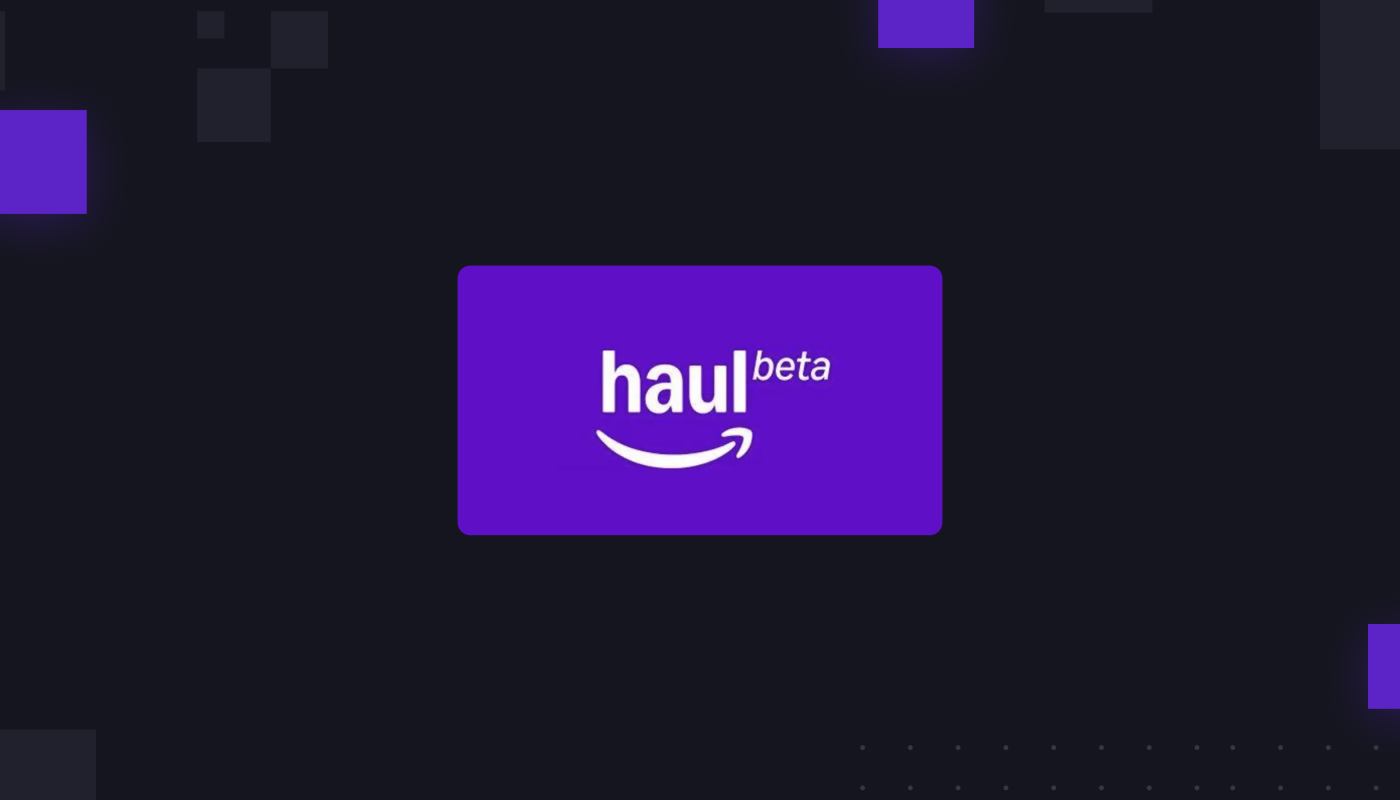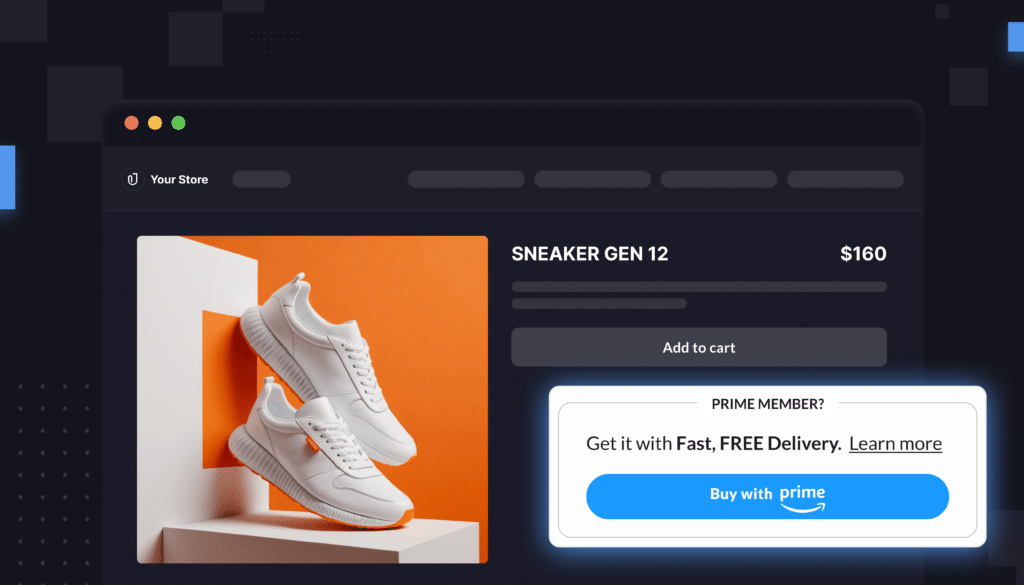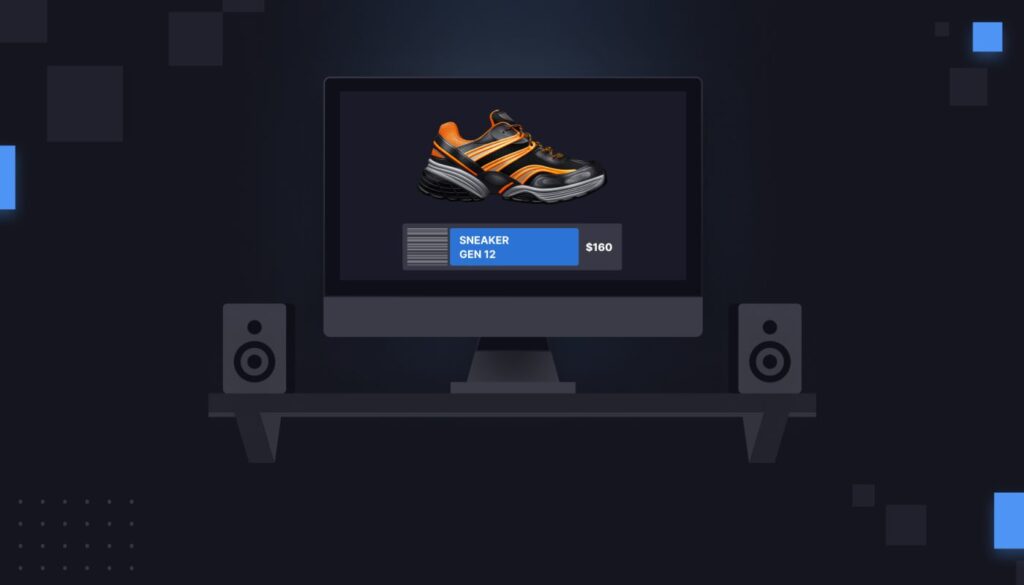You probably heard the news: Amazon is launching Amazon Haul, its ultra low-cost rival to Temu and Shein. Every product on Amazon Haul, from shirts to throwpillows, is $20 or less.
Amazon Haul is a standalone, mobile-only store accessible within the Amazon app, with a separate search bar and a separate, emoji-filled aesthetic from the rest of Amazon.
Amazon Haul is built for Chinese manufacturers to ship their products directly to international customers. You won’t see any brand names on there—but Amazon Haul does have big implications for sellers anyway.
Namely: If you’re a brand, the arrival of Amazon Haul means you just can’t win on price anymore.
What is Amazon Haul?
Amazon Haul features products that are shipped directly from manufacturers, most of whom are based in China. Think $7 skirts and $3 pillows.
Manufacturers are able to keep the costs down because they don’t need to store their products in warehouses or pay import taxes. The products go straight from the manufacturers to a customer’s door.
Amazon Haul works a little differently from Amazon proper. First, the shipping time is slower: Instead of next-day delivery, Amazon Haul shoppers agree to wait 1-2 weeks for deliveries. Also, there are no star ratings.
But here’s the big picture for sellers: When you’re now competing against Chinese manufacturers who ship their products directly to customers, there’s just no way you can out-discount them.
Instead of winning on price, you have to win on the strength of your brand.
Shoppers are willing to buy mid- and high-price products—but you just have to convince them there’s something special about what you’re offering. You need to prove, in other words, that your product is worth the extra money.
That’s easier said than done, but luckily, the typical seller now has all sorts of powerful new analytics tools to help them get there.
How do I respond to Amazon Haul?
Let’s step back for a second. Before you even decide your next steps, you need to know your profitability on the ASIN level. We’ve talked about this before, but a large number of brands have very little sense of whether their products are profitable.
Understanding your profitability tells you a lot about how flexible you can be on price.
If your margins are really thin, then you definitely can’t drop your price—and actually, as we’ll discuss below, you might consider raising your prices.
If your margins are high, then yes, maybe you can afford a price decrease. (Though you are never going to get prices as low as the Amazon Haul prices.)
But again, it’s really important to understand the margins you’re working with to get there.
For what it’s worth, we’ve built profitability per ASIN dashboards for a number of clients. Through our platform, their profitability numbers update automatically, in real time.
And for agencies, our white-label solutions lets you offer a profitability per ASIN report for all of your clients.
How do you win on brand if you can’t win on price?
Especially if you sell in a category like apparel or accessories, Amazon Haul is going to cannibalize the market for low-price goods.
So if you’re in these categories, you need to focus on convincing shoppers that your products are truly premium.
You can do this through great content. Prioritize high-quality photos and descriptions of your product, and lean into what makes you unique in your marketing. Talk about the materials you use, the durability of the product, and any features that make your product special.
On your Brand Store, talk about what your company stands for—sustainability, for instance.
If you’re not sure how to do this, our recent webinar with Jason Landro of Nectar is a great place to start to figure out how to organize your Brand Store.
The good news is that, because Amazon Haul is a separate storefront, shoppers on Amazon proper are self-sorted. Because they aren’t shopping on Haul, they are inherently going to be open to slightly higher-price products, as long as there’s quality behind it.
Amazon Haul means get savvy with your ad spend
The other way you can stand out on Amazon is to get smarter on your ad spend. There are a few different angles here:
Advertise your way into a strong brand. Convincing shoppers that you’re selling a truly premium product probably means that you need to spend more on advertising.
There’s nothing like a combination of ads to drive home for shoppers that your product is unique and worth the extra money.
Once you know your profit margin, you can get really granular about how much money you’ll have on ads, and how many returns you get from it.
AMC makes this easier: You can create custom audiences that let you run highly targeted Sponsored Display ads, for instance, or boost bids for those same audiences across your SB and SP ads.
That way you can advertise more frequently, to the right shoppers, without necessarily spending much more money. Run a SD ad that emphasizes your use of premium materials, and then follow up a week later with a well-targeted Sponsored Products ad.
You should also consider non-Amazon advertising tools, like tapping influencers to talk up your product and convince consumers that it’s worth the money.
Know the costs of customer conversion. In this new world of brand building, understanding your costs of customer acquisition is going to become even more important.
Remember that the typical shopper is potentially seeing more than one of your ads before converting. To ensure your business is healthy, you want to always have a view of your acquisitions costs.
With AMC, you can measure how much you spend on the typical shopper before they convert. Compare that number to your profit margins, and you have a constant eye on the health of your business.
More profit, more ads. Sometimes, as Chad Rubin discussed in our recent webinar, there’s a good argument to raise prices. The higher your profit margin, the more money you have left over to spend on advertising.
Because most of your costs are already fixed, as you increase your price, your profitability percentage increases exponentially. That frees you up to do a lot more with advertising.
Don’t be afraid of price hikes if the data suggests it’ll pay off. As advertising becomes more essential to building up your brand identity, the exponential more advertising you can do with even a small price increase might be worth it in the long run.








